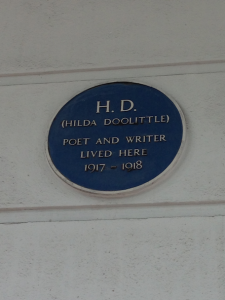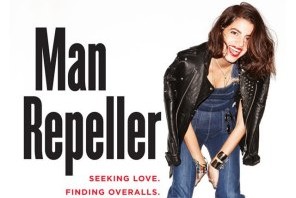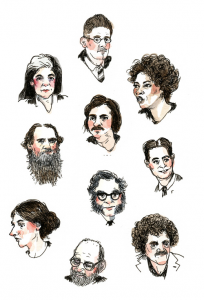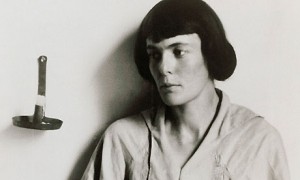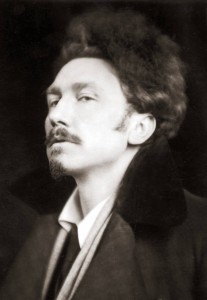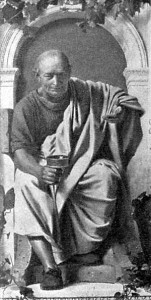The Importance of Sitting Still, and Other Obvious Realizations about Literature and Life
 I currently am in New Haven to conduct archival work for my senior honors thesis on Hilda Doolittle (H.D.), whose correspondence, manuscripts, drafts, and all other related, original material is stored at Yale’s Beinecke Rare Book and Manuscript library. As I attempted to explain my thesis to Jane, the Boarding House owner, I felt a surge of excitement and another swell of responsibility. But I tainted this feeling when I picked up my phone from the counter top and began to text. I noticed Jane watching me and gave the knee-jerk response of “Oh, just being a typical millennial right now, on my phone….”
I currently am in New Haven to conduct archival work for my senior honors thesis on Hilda Doolittle (H.D.), whose correspondence, manuscripts, drafts, and all other related, original material is stored at Yale’s Beinecke Rare Book and Manuscript library. As I attempted to explain my thesis to Jane, the Boarding House owner, I felt a surge of excitement and another swell of responsibility. But I tainted this feeling when I picked up my phone from the counter top and began to text. I noticed Jane watching me and gave the knee-jerk response of “Oh, just being a typical millennial right now, on my phone….”
This comment launched Jane into a near tirade against cell phones. She lambasted the disrespect that younger colleagues show her at meetings as they scroll through their phones (“just scrolling, not even doing anything, just passing the time!”) as she tries to give tourism presentations. I make a point to never text during class. But I had never given much thought about how much my peers and I struggle with this same type of disengagement outside of school. Yes, when I find a spare moment during the day, I do check my phone. It can be hard to sit still, to look up, to not clutch that little device in my hand at all times. After my chat with Jane, I made a mental note to check my phone less.
The next day, I found the library and completed my registration. I was guided past the security guard and into the reading room and opened my first folder from my first box of material. I will spare you the pages that I could write about the feeling of holding something H.D. held, her handwriting, the markings and corrections she made, and the way that this has already gotten my head racing with thoughts and ideas. To summarize: I feel like I’ve been more productive and in many more ways than I expected.
I found this magic through focus. Researchers are permitted to use cell phones in the reading room, but after mine lit up a few times, distracting me, I wanted nothing to do with it. I realized early on that when I sat still and focused on the papers I went back in time. I thought I had felt mature as I completed normal adult tasks of navigating a big city, but the real feeling of maturity has hit me there, in the reading room, as I was humbled by the ancient documents in front of me, as I traced H.D.’s thoughts with my eyes and hands.
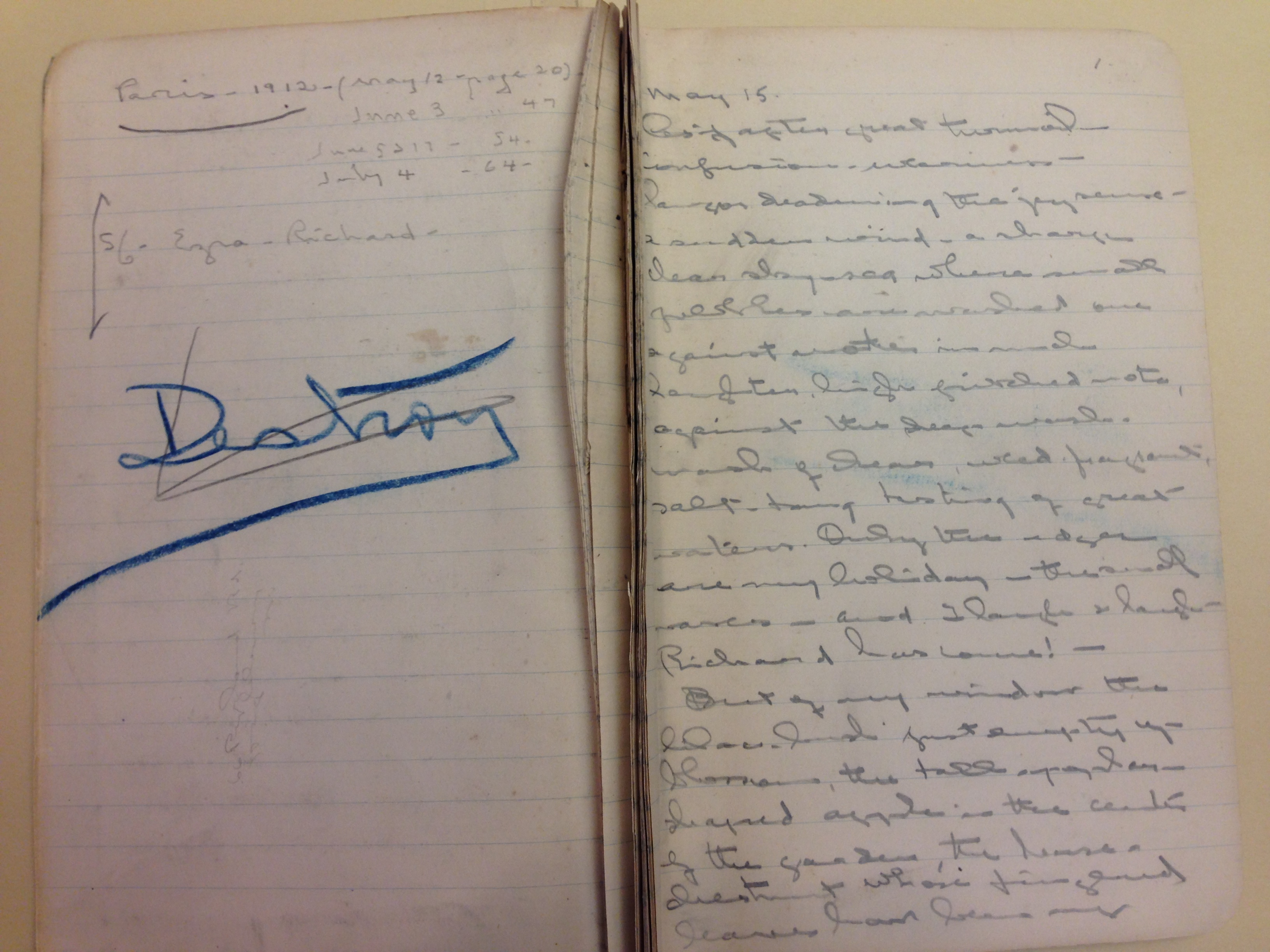 I want to take that sense of wonder stillness with me in my pocket wherever I go. I might have to start turning off my cell phone when I read outside of a high security room. I don’t wish to underwrite the huge, positive impact that technology has had on the world, including the literary world. But there’s so much room for beauty and connection and genuine feeling outside of my smartphone. And this odd combination of stillness and awakening and human connection is, after all, the same feeling that I get from a good poem. Is it possible that the more sucked into our phones we become, the less we will be able to understand and experience poetry? What, dear reader, do you think?
I want to take that sense of wonder stillness with me in my pocket wherever I go. I might have to start turning off my cell phone when I read outside of a high security room. I don’t wish to underwrite the huge, positive impact that technology has had on the world, including the literary world. But there’s so much room for beauty and connection and genuine feeling outside of my smartphone. And this odd combination of stillness and awakening and human connection is, after all, the same feeling that I get from a good poem. Is it possible that the more sucked into our phones we become, the less we will be able to understand and experience poetry? What, dear reader, do you think?


